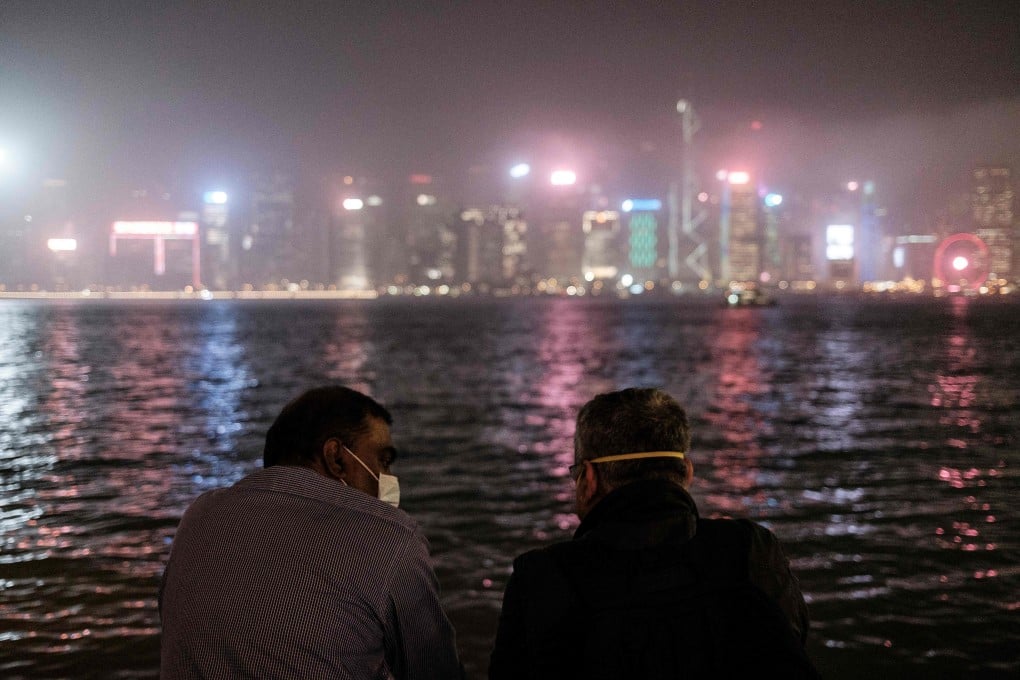Advertisement
Coronavirus: Hong Kong and Singapore seen as safe harbours by US, Southeast Asian travellers
- An influx of people seeking treatment and testing are heading to the cities, which are renowned for their health care standards
- However, experts say this increase in arrivals puts both cities at risk of a new wave of infections
Reading Time:5 minutes
Why you can trust SCMP

For the past two weeks, Hong Kong resident Larry Salibra has been trying to convince his parents based in the American state of Florida to stay with him, fearing that authorities and people in the United States are not taking the coronavirus threat seriously enough – but the older Salibras, in their 70s, felt the risk of air travel was too great.
Salibra, the 38-year-old founder of tech firm New Internet Labs, said Hong Kong authorities and residents had taken the coronavirus threat “very seriously” since January. While Washington’s tone has changed in recent days, he said “the US public at large from their behaviour appears dismissive of the risk”.
“Given that my parents are in the age range that has a much higher fatality rate, it seemed to me that the best place to be would be in a place like Hong Kong, Singapore or Taiwan,” said Salibra, adding that hospitals in the special administrative region seemed better equipped to treat patients.
Advertisement
In the Indonesian capital of Jakarta, a 48-year-old businessman who only wanted to give his name as Widjaja dispatched his family of 12 to Singapore on Sunday evening – just as the city state announced expanded travel restrictions, including a requirement that from late Monday, arrivals from Southeast Asian nations would have to self-quarantine for 14 days.
On Wednesday, the city state broadened the quarantine requirement to all travellers entering Singapore, including citizens and residents, and warned it would “strictly” enforce the measure.
Advertisement

Advertisement
Select Voice
Choose your listening speed
Get through articles 2x faster
1.25x
250 WPM
Slow
Average
Fast
1.25x